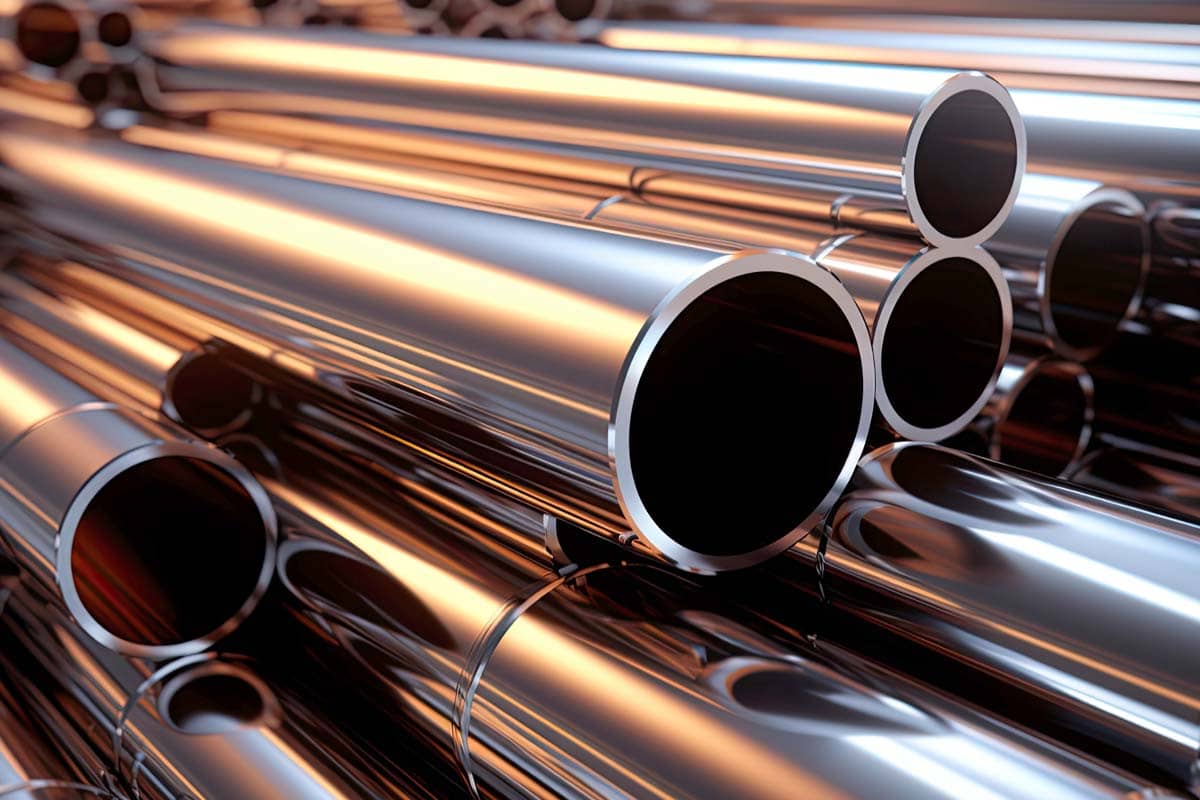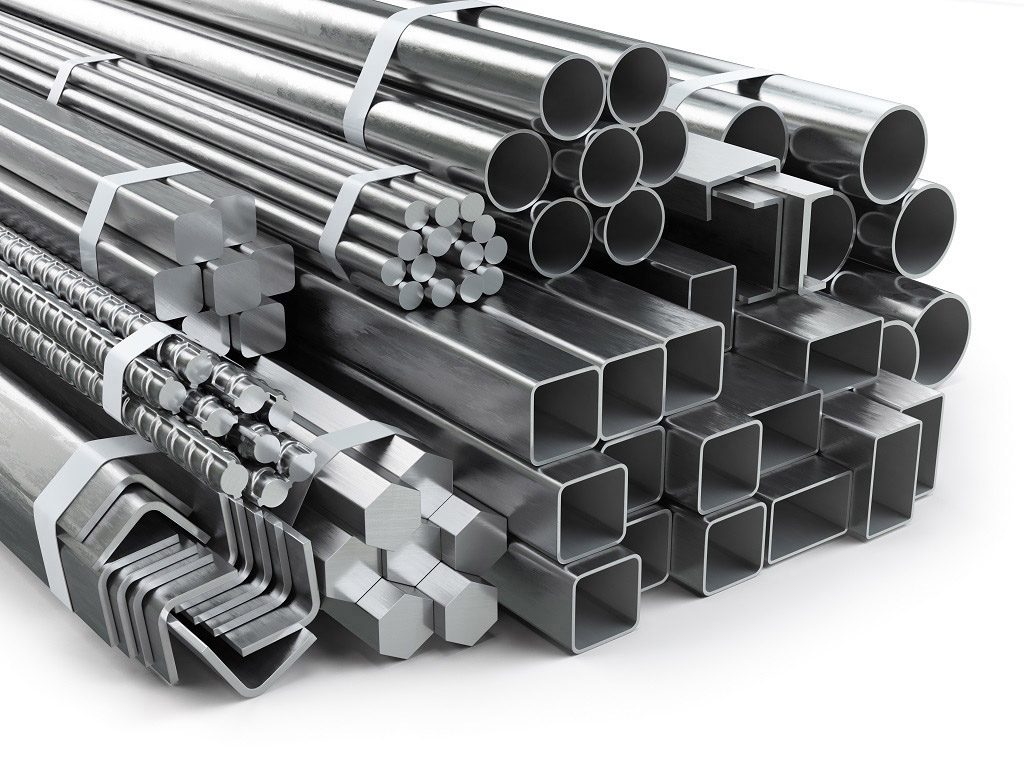Views: 0 Author: Rachel Wynn Publish Time: 2025-06-08 Origin: Site











Aluminum and steel are two of the most widely used metals in various industries, ranging from automotive to construction. While they share some similarities, they are fundamentally different in their properties, making it important to know how to tell them apart. Whether you're a metalworker, recycler, or DIY enthusiast, being able to distinguish between aluminum and steel is crucial for ensuring you’re working with the right material. In this guide, we’ll explore the key differences between aluminum and steel, their physical properties, and how to identify them with confidence.
Before we dive into the ways to tell aluminum from steel, it's important to understand what makes each material unique:
Aluminum: Aluminum is a lightweight, non-ferrous metal with a silvery-white appearance. It is known for its resistance to corrosion, making it ideal for outdoor and marine applications. Aluminum is often used in industries such as aerospace, automotive, packaging, and construction.
Steel: Steel is an alloy of iron and carbon, which gives it higher strength and durability compared to aluminum. Steel is ferrous, meaning it contains iron and is magnetic. It is used in a wide range of industries, from construction and manufacturing to transportation and machinery.
The most noticeable difference between aluminum and steel is their weight. Aluminum is much lighter than steel, with a density that is about one-third that of steel. This makes aluminum the go-to metal for applications where weight is a concern, such as in the aerospace and automotive industries. Steel, on the other hand, is much denser and weighs significantly more, making it ideal for structural applications where strength is more important than weight.For example, if you have two metal objects of the same size and one feels much lighter, it is likely aluminum. A simple weight comparison can often give you a quick indication of the metal type.
One of the easiest ways to tell aluminum from steel is by using a magnet. Steel, being ferrous (containing iron), is magnetic. This means that steel will attract a magnet, whereas aluminum, being non-ferrous, will not. If you have a small magnet or any object with magnetic properties, you can quickly check whether the metal is aluminum or steel. This test is especially useful in scrapyards or when dealing with scrap metal where identification is crucial.
Quick tip: If the metal sticks to a magnet, you’re dealing with steel; if it doesn't, it's aluminum.
The appearance of aluminum and steel can often give you clues about their identity. Aluminum has a shiny, reflective surface that is smooth to the touch. It has a silvery-white color and is often used in its polished form. On the other hand, steel tends to have a more matte finish and is darker in appearance, especially in its raw form. Steel can have a variety of coatings, such as rust-resistant finishes or paints, that can alter its appearance.
Additionally, steel can develop a layer of rust over time if not properly coated, especially if exposed to moisture. Aluminum, however, forms a thin oxide layer that protects it from corrosion and does not rust in the same way steel does.

Aluminum has natural corrosion resistance due to the formation of a thin, protective oxide layer that prevents further oxidation. This makes aluminum a great choice for outdoor, marine, and high-moisture environments. Steel, however, is prone to rusting unless it is treated with coatings or made with stainless steel (which contains chromium for added corrosion resistance). If you notice visible rust on the metal, it's most likely steel.
In environments exposed to the elements, aluminum will retain its appearance and integrity much longer than steel, which may show signs of rust and corrosion more quickly.
When struck, aluminum produces a higher-pitched sound compared to steel. Aluminum tends to "ring" or create a sharper, more metallic sound when tapped, whereas steel produces a deeper, duller sound. This may seem like a subtle difference, but with a little practice, you can easily tell the difference by tapping or striking the metal with a tool or hammer.
Tip: If you're in a workshop or working with metal, listen carefully to the sound produced when the metal is struck. Aluminum will typically produce a "ping" sound, while steel will make a more muffled, "thud" sound.
Aluminum is generally more expensive than steel. This is due to the cost of extraction and refinement processes. Aluminum requires more energy to extract from its ore compared to steel, which is produced in larger quantities and at a lower cost. Therefore, if you are purchasing raw materials or metal for a project, you may find that aluminum is priced higher than steel, which is often more affordable due to its abundance and lower production cost.
Both aluminum and steel are used in a variety of industries, but they serve different purposes due to their unique properties. Below are some common applications for each metal:
Aluminum: Widely used in the aerospace industry for aircraft, in automotive manufacturing for lightweight car parts, in construction for window frames and doors, and in packaging (such as cans and foil). Aluminum is favored for its lightweight and corrosion-resistant properties.
Steel: Steel is used in construction for beams, bridges, and structural components due to its strength. It is also used in automotive manufacturing, machinery, and tools where high strength and durability are required. Steel is ideal for load-bearing applications.

A: Yes, the magnet test is reliable for distinguishing between aluminum and steel. However, keep in mind that some types of steel, such as stainless steel, are not magnetic. In such cases, other methods like weight comparison or appearance can help.
A: No, steel is generally stronger and more durable than aluminum. Steel is better suited for heavy-duty applications where strength is a priority, while aluminum is preferred for its lightweight and corrosion-resistant properties.
A: Stainless steel is magnetic, like regular steel, but it has higher resistance to corrosion. To distinguish stainless steel from aluminum, you can also test for magnetism or compare weight. Stainless steel is heavier and more durable than aluminum.
Knowing how to tell aluminum from steel is essential for anyone working with metals. Whether you're in construction, recycling, or manufacturing, understanding the physical properties of both metals—such as weight, magnetic properties, appearance, and corrosion resistance—will help you make informed decisions. By using simple tests like a magnet or weight comparison, you can quickly and accurately identify whether you're working with aluminum or steel, ensuring that you use the right material for your project. Now that you know the key differences, you're equipped to distinguish between these two versatile metals with ease.






